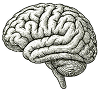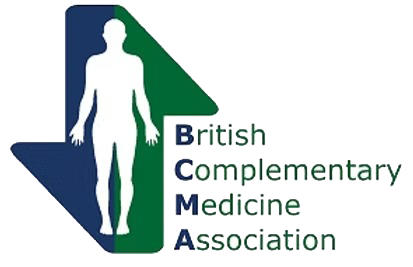Natural Language Processing (NLP) Neurolinguistic Programming
“I have trained in NLP and NET (Neuro Emotional Technique) to help my patients further/on a different level and have found that combining therapies such as homeopathy and NLP seems to have great results.”
NLP in my Practice
This way I can work with the physical pathology, addiction etc. with the homeopathic medicine internally — but whilst that is working, I can use NLP techniques to help the patient make the shift on a psychological level. This has been really helpful to many patients.
NLP is great to help people change the way they view things that happen to them in their life, that can cause stress and long term make them sick. Anxiety, nervous tension, lack of confidence for performing or in business situations can all be improved — and in most cases eradicated — by good therapy with NLP.
Real Results
Often in my homeopathic practice I have worked with patients to help them change their perception of situations that occur in their lives through discussion and guidance. However, this takes time and work, and requires the patient to be totally connected and fully partaking in the process.
In NLP sessions, you can gain very deep, lasting, and sometimes instantaneous results. I have had people come into the practice room having suffered from deep traumas from years before — and they leave having released it, let go, and freed themselves from the need to let it define them anymore.

What is NLP? A History
The letters stand for Neurolinguistic Programming (sometimes confused with Natural Language Processing). NLP explores the relationship between how we think (neuro), how we communicate (linguistics), and our patterns of behaviour and emotion (programming).
In the 1970s, Richard Bandler, a student of psychology, and John Grinder, an assistant professor of linguistics at the University of Santa Cruz, California, began studying the family therapist Virginia Satir.
Her His use of language and certain speech patterns achieved phenomenal results with her clients — this study became the first modelling project that led to the creation of NLP. Grinder expanded the work and developed what became known as the Meta Model.
Fritz Perls (Gestalt therapist) and Milton Erickson (hypnotherapist) were also modelled. The combination of these three models became the Meta Model and Milton Model, which together formed the foundation of NLP.
Representational Systems
Unlock Your True Potential With Life Coaching Services
We all have representational systems that we use to make sense of our thoughts, feelings, and the data that comes into our world every day:
| System | Sense | Description |
|---|---|---|
| V – Visual | Sight | What Things Look Like |
| A – Auditory | Hearing | What Things Sound Like |
| K – Kinesthetic | Feeling | What Things Feel Like |
| O – Olfactory | Smell | What Things Smell Like |
| G – Gustatory | Taste | What Things Taste Like |
Every individual has a predominant representational system, and when working with a client through NLP, the best outcomes happen when you understand and adapt to their system.
- Visual learners absorb through sight — they may need colours, diagrams, or written notes.
- Auditory learners learn best through listening — lectures, music, or spoken instructions.
- Kinesthetic learners benefit from movement and touch — walking, juggling, or stress balls help them focus. (Refers to both tactile and emotional feelings.)



